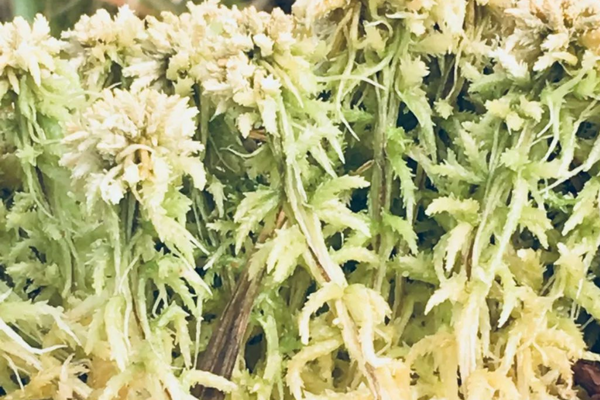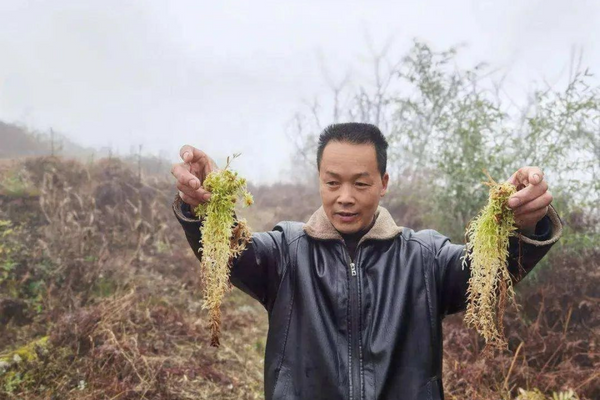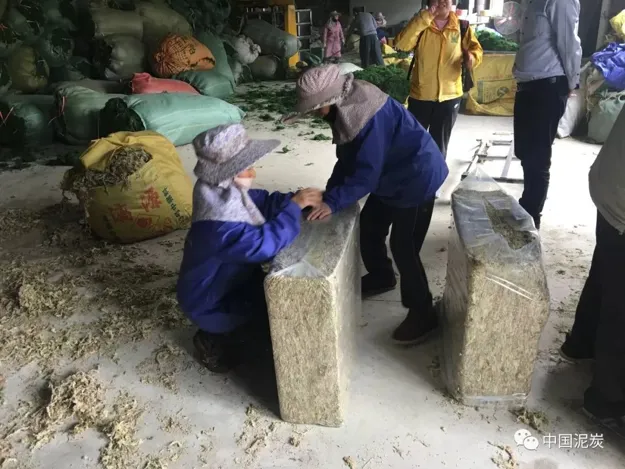Demand for substrates and peat raw materials continues to rise as the world's large-scale farming surges. The Russian-Ukrainian conflict has increased the cost of peat production in the three Baltic countries, further deteriorating the global peat supply and demand relationship. For the Chinese market, the peat supply chain crisis will further aggravate, especially since Estonia, Latvia, and Lithuania have withdrawn from the 16 + 1 mechanism and One Belt One Road initiative, which will further increase the uncertainty of the future peat supply in China.

How to solve the problem of peat supply in China?
On the basis of ensuring the stable operation of the existing peat supply chain, we must actively explore emerging varieties in the raw material supply chain of the substrate to ensure the growing demand in the Chinese market. According to the forecast of the Soilless Culture and Substrate Branch of the International Horticultural Society, the global raw material supply chain of substrates will increase by 7-12 times in the next 30 years, and the market demand for peat moss will increase by 209 times, which will be the fastest growing raw material of the substrate.
As a new type of substrate material, peat moss has significant advantages that other resources do not have. First, peat moss is a renewable resource that is inexhaustible and unlimited. Secondly, peat moss has excellent properties, ventilation and water permeability, stable structure, and pure nature. Thirdly, peat moss is easy to use, which is conducive to industrialized intelligent management of water, fertilizer, and light, and can cultivate vegetables with high yield, good quality, and user satisfaction. On top of that, peat moss has no germs, insect eggs, and grass seeds and does not spread diseases, pests and weeds. No heavy metal pollution, green and healthy, high degree of standardization in the use process, technically safe. The unique advantages of peat moss make it the most promising new material for substrates.
The global peat moss mainly comes from three major sources: the manual harvest of wild peat moss in South American countries such as Chile, the mechanical harvest of wild peat moss in Finland, and the cultivation of peat moss in China.

The manual harvesting of peat moss in South American countries such as Chile is inefficient and expensive. Although the quality of peat moss is good, the market supply growth potential is not high. There are 300,000 hectares of peat moss available for commercial exploitation in Finland. According to the average thickness of 0.1m that can be collected, the reserves of peat moss available for collecting in Finland are 300 million cubic meters. In order to ensure the sustainable utilization of peat moss, Finland adopts a rotating collection system, dividing the recoverable peat land into three parts. Each peat land is harvested for one year and suspended for two years. Biolan, the Finnish company, has specially developed collecting equipment for this purpose and realized mechanized collection. The cost of mechanically harvesting wild peat moss is higher than that of ordinary peat collection but lower than that of manual harvesting of wild peat moss, which is acceptable for high-value-added industrialized vegetables and orchids.
The manual planting technology of peat moss has been studied for a long time in Germany and Canada. However, affected by the differences in accumulated temperature and peat moss types, the yield of peat moss planted in Europe and the United States is much lower than that in China. The peat moss in China can be harvested once a year, while German peat moss can only be harvested once every 5 years. The yield of peat moss in China can reach 4500-5250kg/hectare, while the yield of sphagnum moss in Germany is only 200kg in 5 years, which cannot form a commercial yield. Of course, the purpose of planting peat moss in Germany and Canada is for the wet restoration of peatlands, not entirely for commercial purposes. The commercial value of peat moss is only one of the evaluation indicators of peatland restoration.
China's success in planting peat moss on mineral soils and its output per unit area far exceeds that of developed countries in Europe and the United States. It is due to the pioneering technical work of Zhu Longjin, general manager of Fengyuan Agricultural Technology, Guiding County, Guizhou, Guizhou Province, and also thanks to the strong market development ability of General Manager Yu Jianghua of Huahe (Guizhou) Agricultural Products that the Guizhou peat moss not only firmly occupies the leading position in the domestic market, but also exported to Japan, North America, South America, Southeast Asia, the Middle East, and other regions, becoming an internationally renowned the best-selling product in the market.
Peat moss is not only an important raw material for the substrate industry but also a means to promote the sustainable development of rural Guizhou. Guizhou used to be one of the poorest provinces in China. The main income of farmers in Guizhou comes from rice production, and the output value of rice cultivation is only about 22500RMB/hectare. While peat moss can be harvested continuously for 3-5 years once planted, the daily management and labor intensity are far simpler and less labor-intensive than rice. At present, the price of peat moss has risen to more than 10RMB/kg, and the output value per hectare can reach 180000-210000RMB. The income from planting peat moss per unit of land is 6-8 times that of rice production. Peat moss cultivation has become an important way for the local government to lead farmers out of poverty.

As a brand-new substrate material, the planting process of peat moss not only conforms to organic standards but also drives the simultaneous development of local economic, social and environmental benefits. It is an excellent model for the United Nations Sustainable Development Goals. At the same time, as an emerging commercial variety with huge market potential in China and the world in the future, the potential of peat moss cultivation is promising. Especially under the premise that peat, cocopeat, wood fiber, bark, and other raw materials for substrates are completely dependent on imports, the active development of peat moss cultivation is an important condition for compensating for the shortcomings of the peat supply chain in China and ensuring the healthy development of the substrate industry in China.
By 2050, the global market demand for peat moss will be 23 million cubic meters. If China takes one-third of the market share, the annual output of peat moss in China will also increase from the current 30,000 cubic meters to 7.6 million cubic meters. The increase is as high as 253 times. The climatic conditions in the vast areas of southwest China are similar to those in Guizhou, which are suitable for the cultivation of peat moss. All provinces and autonomous regions should actively learn from Guizhou's experience in peat moss planting technology, expand peat moss planting area, help farmers get rid of poverty, improve local social, economic, and environmental conditions, and also provide sustainable sources of raw materials for the substrate production in China, support the industry and the rapid development of modern agricultural industrialization to meet the development requirements of technological innovation, green development, consumption upgrading and rural revitalization strategies in China.
More information:
China Humic Acid Industry Association Peat Industry Branch
Meng Xianmin
Email: mengxm3711@163.com
